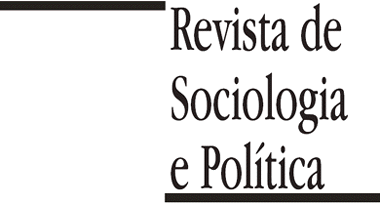This paper proposes to identify and characterize the "other city" that has sprung from the transformations taking place in the metropolitan area of Santiago de Chile. These changes are a result of a new macro-economic strategy adopted from the middle of 1970 in which growing economic liberalization as well as a wide opening-up to the exterior promoted increased globalization of the national economy. Within this context, we see that together with significant changes in the metropolitan area's economic base came a radical restructuring of its labor market and a greater territorial dispersion of productive activities and population. Against the backdrop of this new scenario, we look at how the changes that effected this emerging city have confirmed, on the one hand, a social morphology based on polarization and residential segregation and on the other, a territorial morphology based on suburbanization and multiple centers. These changes correspond to the tendencies that can be observed today in all large metropolitan areas, both within the core countries and the emerging economies.
globalization; informality; metropolitanization; suburbanization; multiple centers; residential segregation










